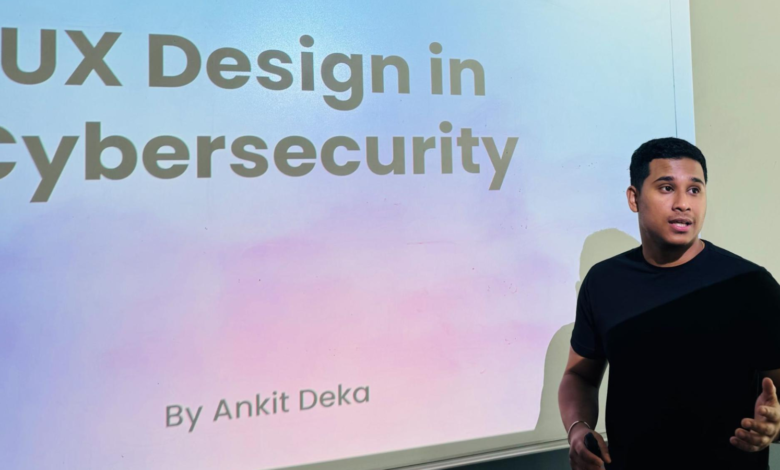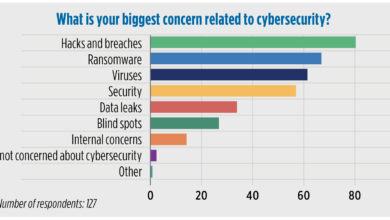Ensuring secure user experience: The vital role of UX in cybersecurity

Photo courtesy oc Ankit Deka
Opinions expressed by Digital Journal contributors are their own.
While cybersecurity is a universal concern, it is not universally user-friendly. Historically, the focus within the field has leaned heavily toward the technological underpinnings rather than the user experience (UX). This imbalance has often left users — from tech-savvy teenagers to older adults managing digital transactions — struggling to navigate complex security interfaces that do not cater to their varied needs and expertise levels. The critical role of UX design in cybersecurity is to bridge this gap, ensuring that security tools are not only robust but also intuitive and accessible for all users.
UX design in cybersecurity is about more than just aesthetics. A well-designed cybersecurity product transcends protection. It also educates and empowers its users, making security an integral aspect of the digital experience. Ankit Deka, a UX designer who works with Securonix, a leader in the Security Information and Event Management (SIEM) industry, highlights the importance of understanding users and designing interfaces that help people stay safe without compromising their security.
And therein lies the challenge — seamlessly intersecting UX design and cybersecurity to reduce the complexity of security operations. Often, cybersecurity tools are robust but complex, designed with the assumption that the user possesses a high level of technical expertise. This gap in design can lead to misconfigurations, overlooked security patches, and vulnerabilities. By integrating UX principles, designers can create products that guide users through complex security protocols in an understandable way.
Ankit focuses on this element. He strives to enhance the user experience to ensure that cybersecurity measures are not only highly effective but also don’t overwhelm its users. His efforts guide users toward making the intricate workings of cybersecurity tools straightforward. This results in a diminished risk of user errors that could lead to security breaches.
Several design principles can be employed to create more user-friendly cybersecurity experiences. These include:
- Understandability: The user interface should be clean and uncluttered to avoid overwhelming the user with too much information or too many choices at once.
- Clarity: Users must be able to quickly ascertain their security status and understand any steps they need to take to maintain or enhance their protection.
- Responsiveness: With the variety of devices used to access information today, from smartphones to laptops, cybersecurity tools must be designed to function seamlessly across all platforms.
- Learning: By integrating elements that alert users to security risks and the importance of updates, designers can foster a proactive attitude towards cybersecurity.
Ankit puts his confidence in integrating strong communication and presentation skills with technical and design expertise is what sets him apart in his field. This holistic approach ensures that the designs do not merely serve as a facade but are functional tools that enhance user comprehension and interaction with cybersecurity measures.
Moving ahead in the future, Ankit is passionate about mentoring upcoming UX designers and increasing the recognition of UX design’s key role in product development within the tech industry. His purpose is to cultivate a new generation of designers who understand that good design is about making technology accessible and secure for everyone. By prioritizing UX design in cybersecurity, Ankit Deka and several others in this discipline are leading this change, ensuring that cybersecurity tools are not just dynamic but are also empowering.



